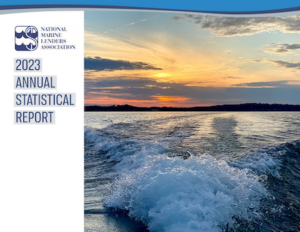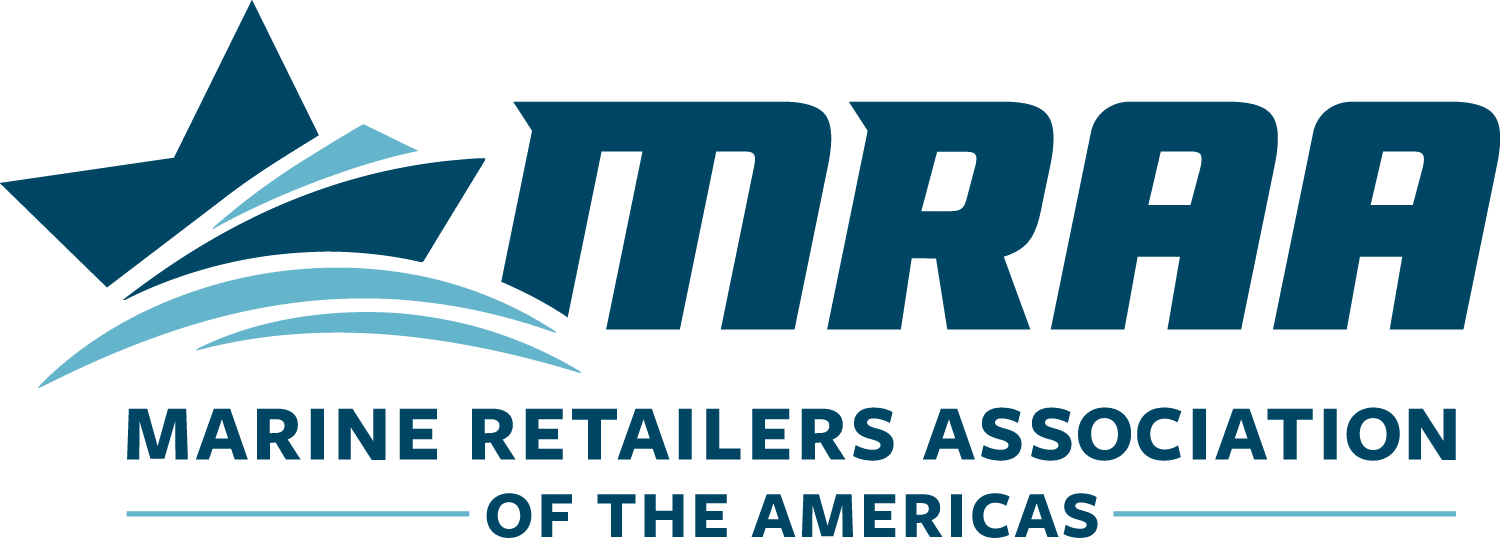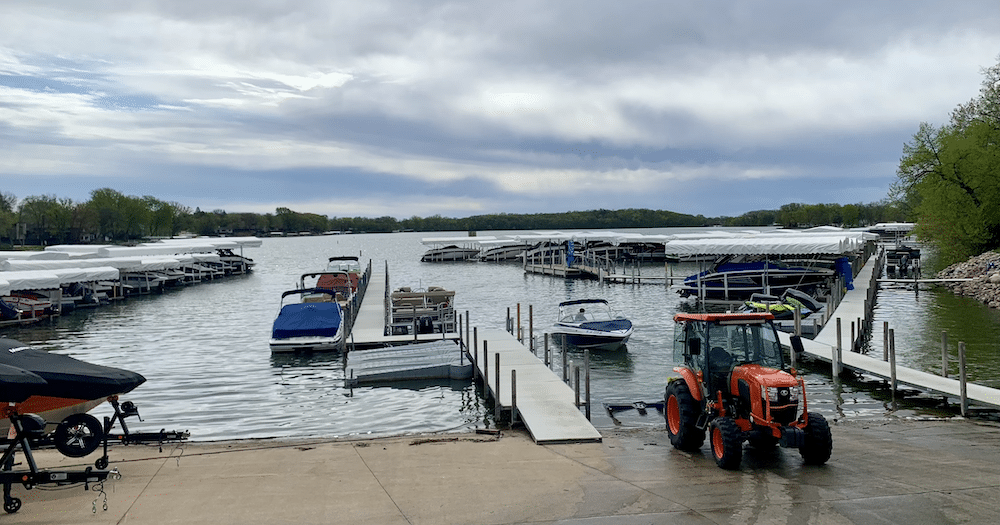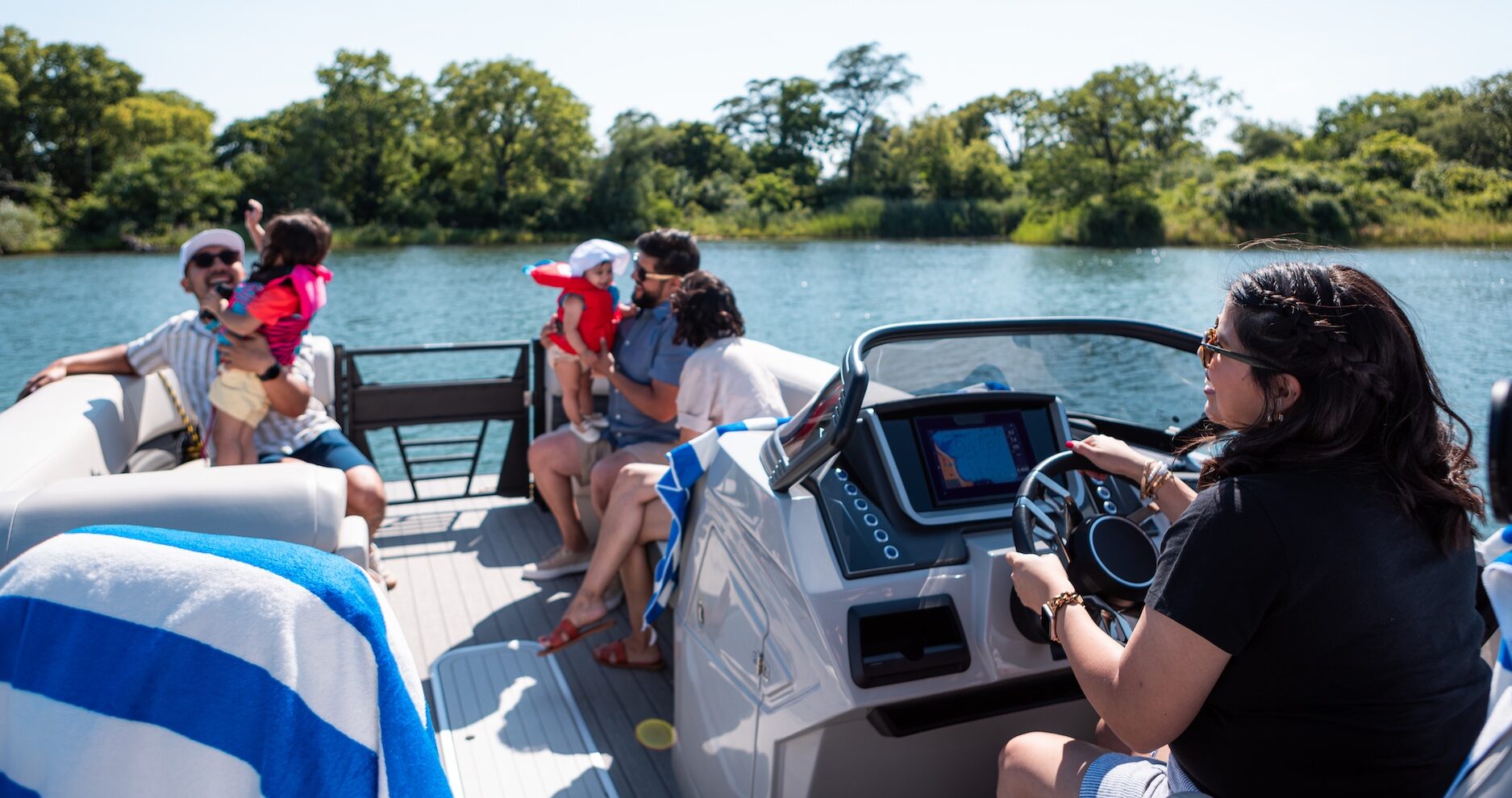• A Conversation with Jim Coburn, National Marine Lenders Association, about the 43rd Annual Statistical Report
By Drew Mick, MRAA Research Specialist
As a recreational marine dealer, it’s critical for you to have access to tools and analytics about market data so you can keep your business informed and adaptable. One valuable resource is the National Marine Lenders Association (NMLA) 2023 Annual Statistical Report (ASR).

For more than four decades, our industry’s only report shares insight to help businesses develop, understand and support quality recreational marine loan production and profitability. The annual publication benefits all businesses and associates involved in marine lending, and the entire recreational boating industry by supplying data, management tools and summaries that can be compared to peer performance.
In its 43rd year of publication, the ASR has shared detailed information and trends about:
- Banks, credit unions and private lenders who originate and hold recreational boat loans
- Service companies who originate, outsource and broker boat loans to portfolio lenders
We recently spoke with Jim Coburn, NMLA Annual Statistical Report Committee Chair, about certain aspects of the ASR data and its meaning. The question-and-answer conversation is below.
Drew Mick: What can we interpret from the slight drop in average turnover for all boat loan contracts? Previous years had it hovering around 47 months, and, in 2022, we saw it at 44.
Coburn: Not much to interpret as it’s been very consistent based on survey respondents’ answers. Expect turnover to shorten during periods of rate lowering where increased sales activity, trade-ins, and refinances would play a role.

Mick: There are two charts representing both “Average originated term for all boat loan contracts” and “Average turnover for all boat loan contracts” that seem to show different numbers. Will you help me interpret the difference between the two charts?
Coburn: We asked each survey respondent “what was average term for all of your boat loan contracts originated in 2022?” The answer was 183 months, meaning the average loan term was 15 years, 3 months. It’s been consistent over the past 5 years. However, I believe the number will move up slightly as certain events play out, such as economic conditions, affordability, CPI and inflation.
Turnover is defined as the period of time from boat loan’s inception (the contract or funding date) to its payoff date. Over the decades of boat lending, turnover has performed in the 34–54 month range. Lenders like to use this number as a profitability/pricing/yield guide. Dealers can use this as a sales/return sales guide. Turnover has been consistent of late, performing in the mid-40s.
Mick: In 2022, there was a significant increase of boat loan customers in the 55–64 age range. Can we hypothesize what is happening there? Is it people aging into it from the 45–54 group? Is this primarily people buying bigger boats?
Coburn: Yes, aging into it a little bit, and some non-participation for those two special years [2020-2021] could be part of it too. The higher-income, bigger-boat buyer is reflected in the finance broker/service company originator responses on page 43.
I’m always amazed that the 45- to 64-year-old segment has consistently carried the big load in boat finance. It was 95% and 82% aggregate last year and the year prior. It was not really like that prior to the Great Recession (as a point-in-time reference) and way back in the 80s.
Mick: What do you think led to the elevation in 2022 for both delinquencies and charge-offs?
Coburn: Loan volume and outstanding balances dropped a bit. Consumer Lending 101 tells us when this happens, pressure is directed at loan performance. Employment events were “fluid changed” that year as well. The loan performance trend was same for all types of consumer installment loans.
Mick: Is the reason that the majority of delinquencies and charge-offs left at the end of the year is marine? Is it simply that most of the places involved in the reporting are majority marine?
Coburn: No, to your majority question. Most banks and credit unions, with minor exceptions, produce consumer installment loans of all kinds. They are typically auto, some RV, some powersports and other types of secured installment loans.
To learn more about the NMLA’s Recreational Marine Finance Market Data, read the press release, or visit www.marinelenders.org.
Visit the MRAA Data Center to find additional marine industry insights, infographics and interviews.




